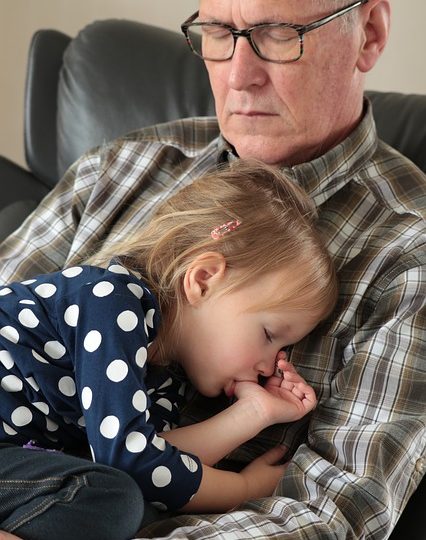Daylight savings time can be a real struggle for seniors. That’s why it is essential to have preparation to ease into the change. Below you’ll find some tips that can help…
Start by moving your bedtime a little each day. Say 15 minutes each day leading up to daylight savings can help your body gradually ease into the change.
Avoid sleep disruptors even if you are feeling tired, try not to nap during the day. Also stay away from caffeine, alcohol, and over-the-counter sleep medications.
Get exercise such as walking, jogging, biking, or swimming in the late afternoon or early evening to help you fall asleep easier. If there is no time for that, consider taking a hot bath before bed. Raising your body temperature and then slowly lowering it right before bed can help encourage your body to produce melatonin.
Expose yourself to natural sunlight to minimize the effects of daylight savings time on your body. Try to get outside, but if the temperature is too extreme, at least sit in front of a window for a few minutes. Natural sunlight can help to regulate your body’s rhythms.
Create an optimal sleep environment by staying away from screens before bedtime. This includes watching your TV, phone, or laptop in bed. If you need noise, consider listening to an audiobook or getting a sound machine. Make sure your sleeping space is cool, dark, and quiet.
Now, if you already tried these daylight savings tips, then we’d love to hear about your positive sleep experience. However, if you happen to need some extra convincing, then please feel free to join our senior community to connect and communicate with others. That way, you can ask others if they’re getting a solid eight hours. In the meantime, please like us on Facebook and follow us on Instagram.

